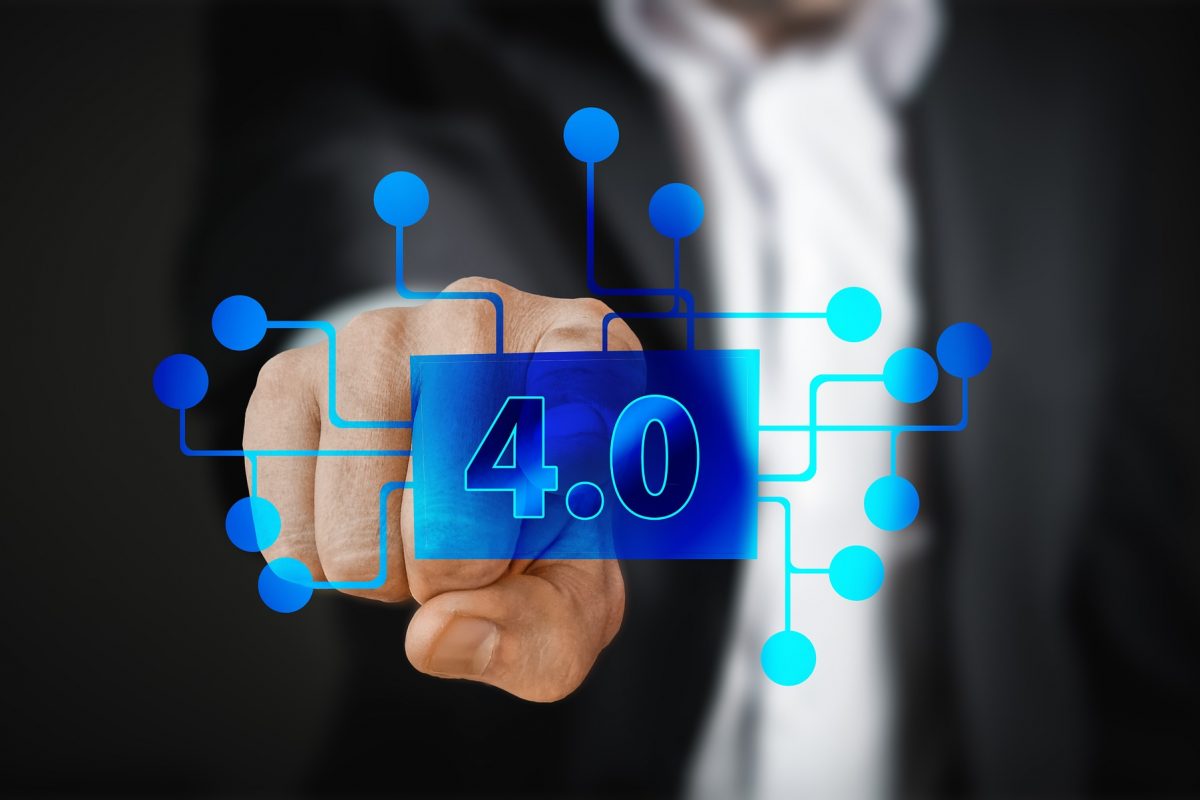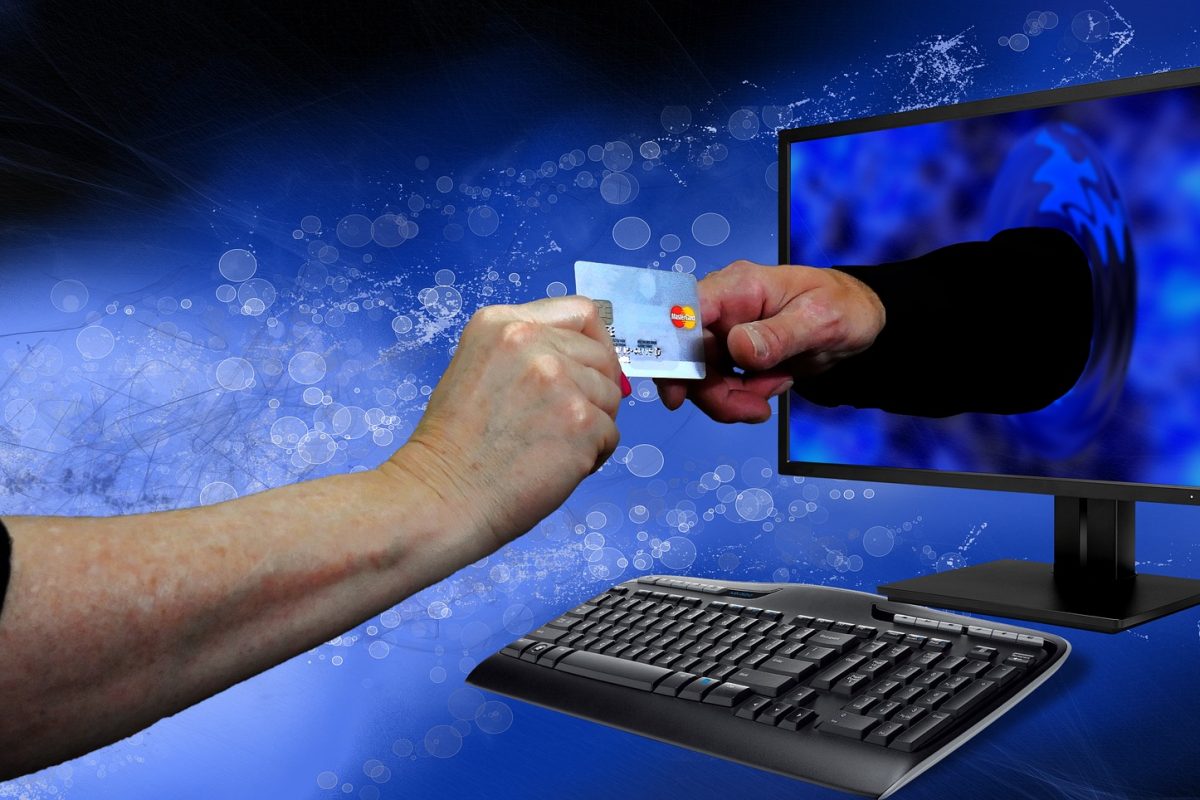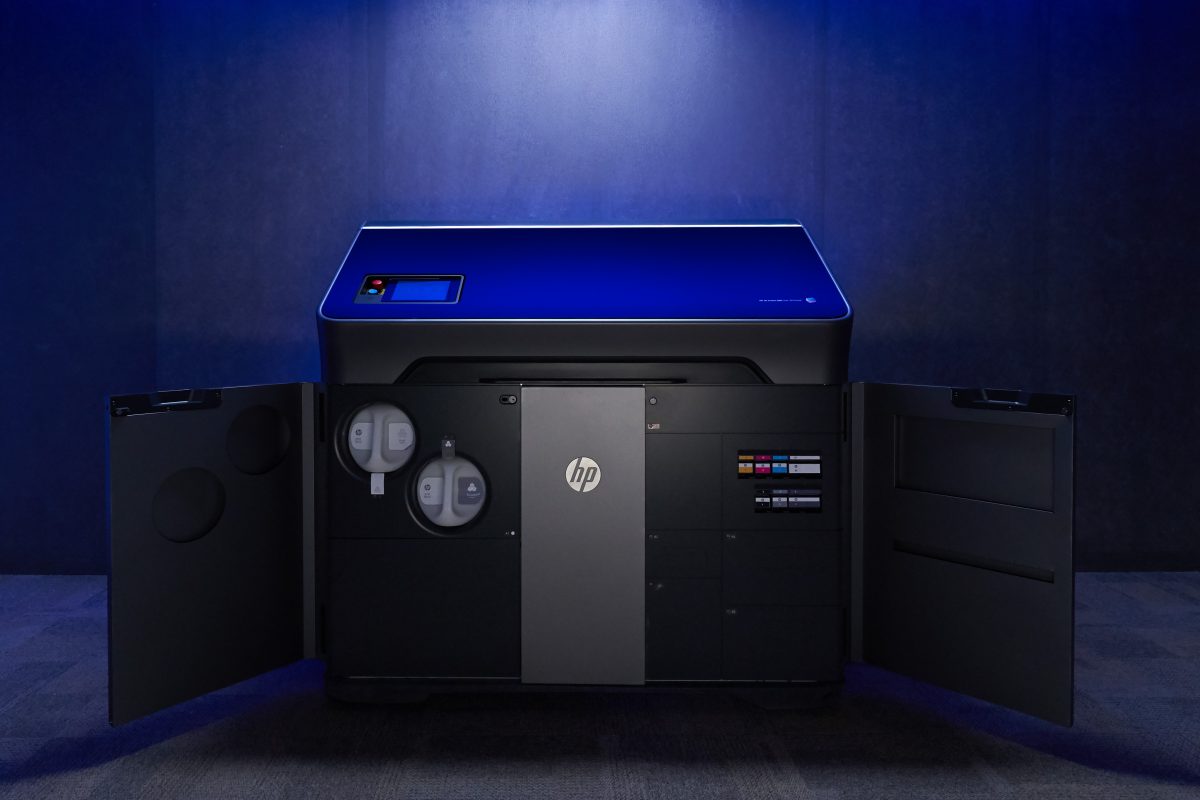Have you ever been experienced? I have. Lyrics from that Jimi Hendrix song make for a great introduction. Not the kind of experience you get working in an industry for years or even decades, though that’s important. In this article I’m primarily talking about the shopper’s experience. Not the online user experience, though again, that certainly matters. Here I’m focused on the in-store shopping experience. Old school UX.
From a recent Internet Retailer article:
“Consumers are spending less time shopping in stores and shifting more of their retail dollars to the web. The Bureau of Labor Statistics’ American Time Use Survey shows that between 2004 and 2012, the average amount of time consumers 15 and older spent shopping for consumers goods on weekends dropped 14.3%; on weekdays, it dropped 11.8%. Even during the hectic holiday season last November and December foot traffic in stores fell 14.6% compared to the previous year, according to ShopperTrak, which monitors traffic and sales at major malls and retail chains. Meanwhile, online sales are growing at a double-digit pace; they were up 16.9% year over year in 2013, according to the U.S. Commerce Department, whereas total retail sales, which include e-commerce, grew 4.2%.”
No one is suggesting brick-and-mortar is already dead. This isn’t an obituary. But, something big has to happen for stores to retain their relevance.
Another recent piece from Forbes makes the case:
“As consumers increasingly engage digitally and make fewer trips to stores and malls, there are serious questions about how brick-and-mortar stores that were once the center of consumerism will transform. Certainly retailers may close underperforming stores and consolidate locations, but more fundamental changes also must occur…”
The Forbes author, Brian Walker goes on to recommend that retailers “turn their stores into fulfillment centers, take the in-store experience to a different level, and integrate channels relentlessly, to the point that channel disappears.”
Retailers probably don’t have much choice regarding channel integration. Seemingly overnight, the world has gone mobile. As much as 50% of some retailer’s online traffic came from mobile devices last holiday season. Just when retailers were finally getting comfortable with desktop eCommerce.
Tech innovation and adoption are operating at hyper-speed. Who know’s what’s next? Maybe glassholes will be everywhere, and in a few short years, a significant chunk of retailers’ digital traffic will be coming from wearable technology. Probably right around the time we all get comfortable with mobile, right?
So, what about turning stores into online fulfillment centers? I really like this idea, but how do you address the big nagging problem of redundant inventory? Executives at Walmart recently said that better stocking their store shelves was a $3 billion opportunity. Even the world’s largest retailer, with arguably the world’s most sophisticated supply chain, recognizes the challenge. Optimizing inventory at thousands of locations is difficult enough when you’re just trying to stock shelves. Fulfilling from all those locations just compounds the problem.
Even fulfilling orders from dedicated warehouses has proven a difficult (and expensive) task. The Home Depot has probably spent billions on its eCommerce platform. They’re also investing heavily in the supply chain to support it.
So, if omnichannel is the price of admission and in-store fulfillment is too difficult a model, then it really comes down to the in-store experience.
I’m asked frequently how retailers can win at the intersection of digital and physical. I say 3D printing is the intersection of digital and physical, or as my (3DLT) co-Founder, Colin Klayer prefers to say, “bits and atoms.” 3D printed products are created, shipped, and stored digitally. If you’ve got a 3D printer handy, they’re available and in-stock. No boats, no trains, and no trucks required.
I’ve mentioned this a bunch of times before, but will say it again. Even IF 3D printers become ubiquitous in every household, there will still be many times and many reasons when consumers will want someone to print on their behalf. Sizes, substrates, finishing, convenience, and plenty of other reasons come to mind. The next question is where?
The answer, we believe, is brick-and-mortar stores. The same places that are struggling to stock and supply the mass produced products we use every day. Chains that adopt 3D printing now get prime real estate at the intersection of physical and digital. Offering the service online and in-store gives them the ability to fulfill on demand, regardless of channel and without the problem of redundant inventory.
Could 3D Printing take the in-store experience to another level?
It could because 3D printing is so damn engaging to watch. When I mention this in presentations many people scoff, saying that it’s just a novelty. Even though its cool, people will quickly tire of seeing products materialize out of thin air. Okay, but then I mention our local restaurant chain, Dewey’s Pizza. They’ve encased their kitchen in glass and any given Friday night, you’ll find kids pressed up against it, watching pizza being made. People have been turning ingredients into meals since man discovered fire, yet still people watch. Sure they make it fun, but its also about a captive audience. What else are you going to do while mom and dad finish their coffee?
Consider another example. Each time I take my kids to the local mass market store, they beg to go see the fish. The store sells tropical fish, lined up in tanks. In the aisles, kids (and adults) are lined up watching. The same store sells live lobsters, and again a crowd develops. When I’m standing there it sort of feels like a mob gathering for an execution.
Try Googling “is shopping considered entertainment?” Based on the results, it’s also a sport, an aphrodisiac, burns calories and can even be addicting. All kidding aside, the point is this: brick-and mortar retail is as much entertainment as it is about filling a need. Retailers know this and spend significantly to optimize the experience.
Even when its about filling a need, brick-and-mortar shops have an opportunity to influence. According to a recent POPAI study, 82% of mass merchant purchase decisions are made in-store, a jump from the 76% found in a related 2012 report. The 2012 data also found that 55% of the purchases people made were unplanned. Again, retailers know this and its why they spend significant sums on point-of-purchase marketing. In most retail chain stores, these materials are strategically placed and specifically designed to influence purchasing behavior.
For 3D printing to take the in-store experience to another level, the same principles must be applied. Sure, 3D printing in-and-of-itself is engaging to watch, but when surrounded by professionally crafted displays and signage, the effect is amplified. You can’t treat it like a kid’s lemonade stand. Popping up a card table, plugging in a 3D printer and hanging a sign out front won’t do.
Winning at the intersection of digital and physical requires careful orchestration among a retailer’s marketing, eCommerce, merchandising and store operations teams. Beyond the printer and beyond the products, you’ve got to deliver on the experience and that takes, well…experience.















